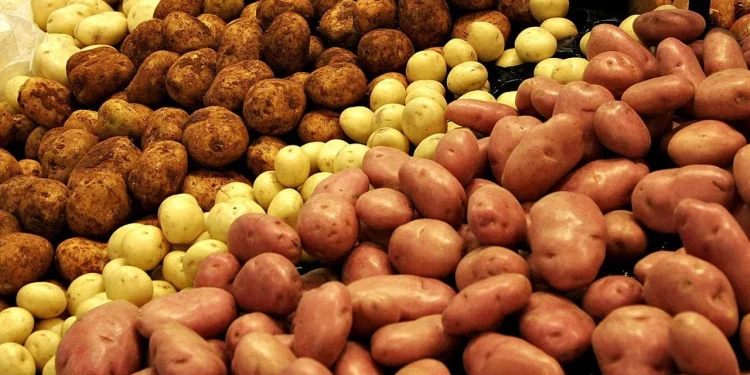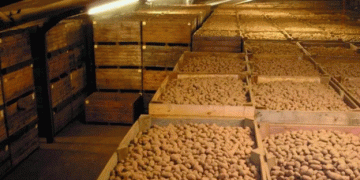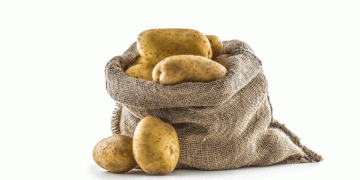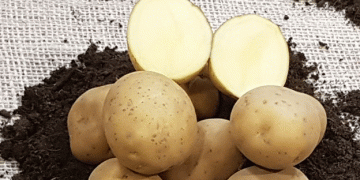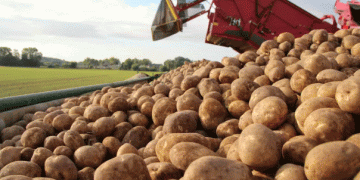The initial harvest of early potatoes has caused a significant drop in prices across Europe, with expectations of further declines as maincrop availability increases.
The European potato market is experiencing a notable shift in pricing dynamics following the initial harvest of early potatoes. According to Harry Campbell, a market researcher at Expana, the benchmark price for Belgium’s processing potatoes has decreased by 60% over the past month, now standing at €250 per metric ton (MT). This substantial reduction is attributed to the surge in new crop availability, which has led to a decrease in competition among buyers.
The seasonal nature of potato harvesting often results in price fluctuations, and this year is no exception. As more early potatoes enter the market, processors face reduced competition, contributing to lower prices. Industry experts anticipate that prices may continue to decline as the maincrop becomes available, in line with typical market trends.
Despite the EU Commission’s revised yield projections for this month, which estimate a yield of 35.1 tons per hectare (t/ha)—1% below the five-year average—favorable weather conditions are expected to benefit late-planted crops. The industry is hopeful that a dry harvest season will improve the storage longevity of potatoes and stabilize supply throughout the year.
In contrast, the previous year’s wet and delayed harvest had a profound impact on pricing for the 2023/2024 marketing year. Quality issues and supply disruptions led to significant price increases. However, if the 2024 harvest proceeds without similar climatic disruptions, experts predict that the price spikes experienced in the previous season are unlikely to recur.
The current price trends highlight the importance of seasonal factors and weather conditions in influencing market dynamics. As the market adapts to the new crop availability, stakeholders across the potato industry will need to monitor these developments closely to navigate pricing and supply challenges effectively.
